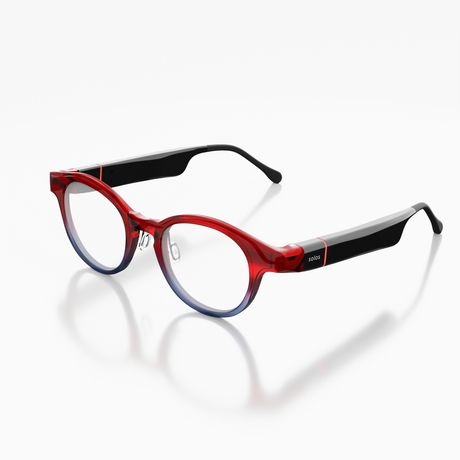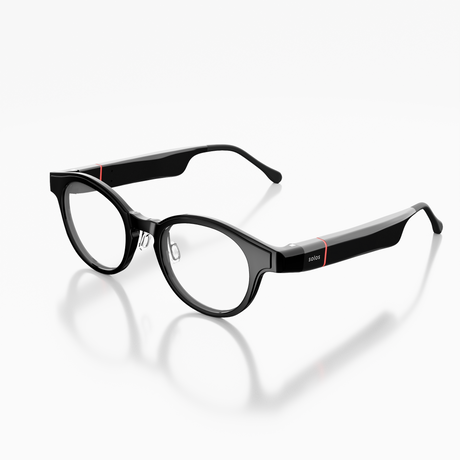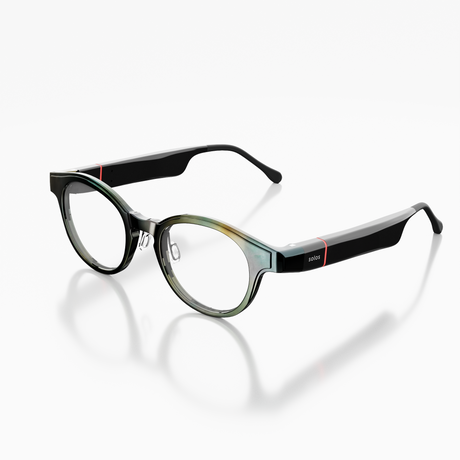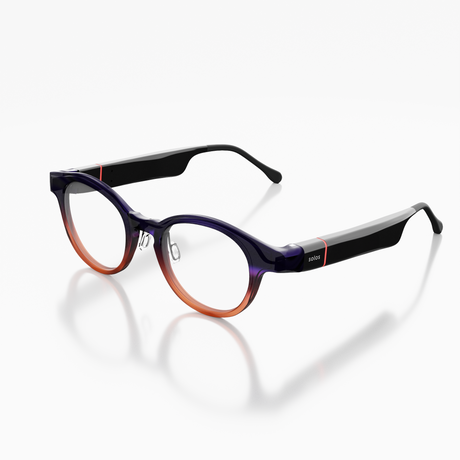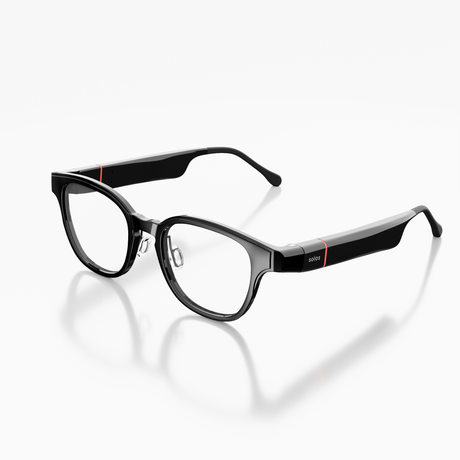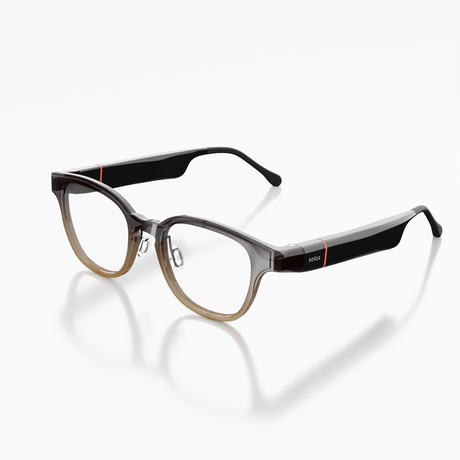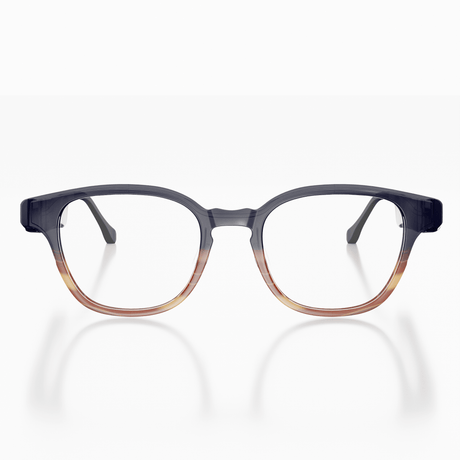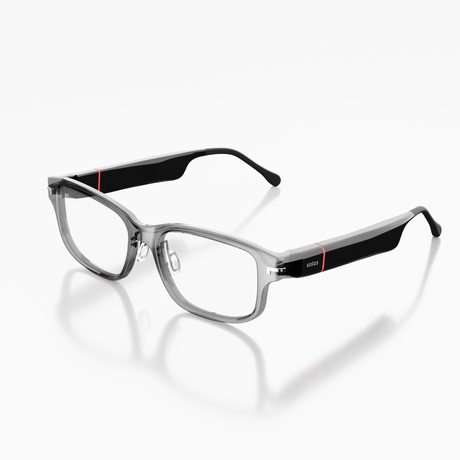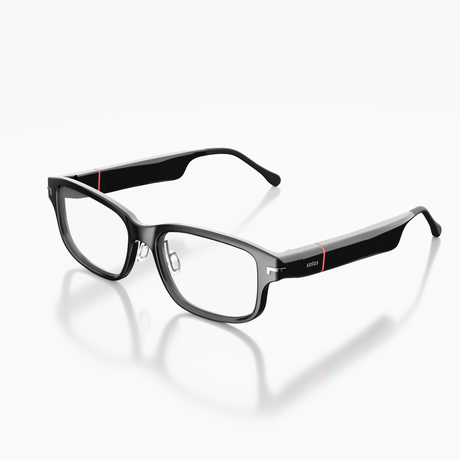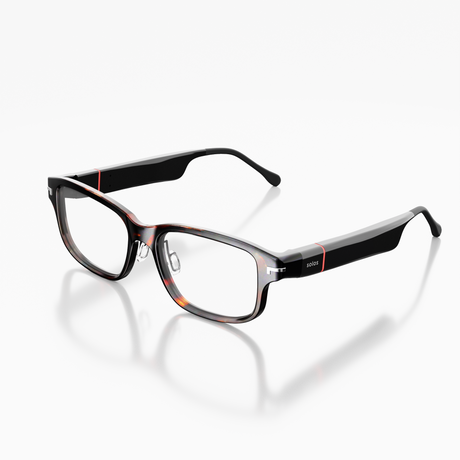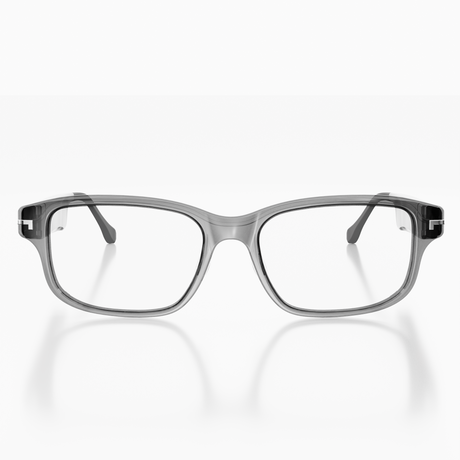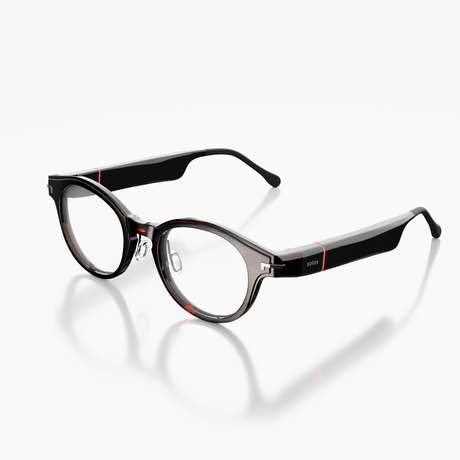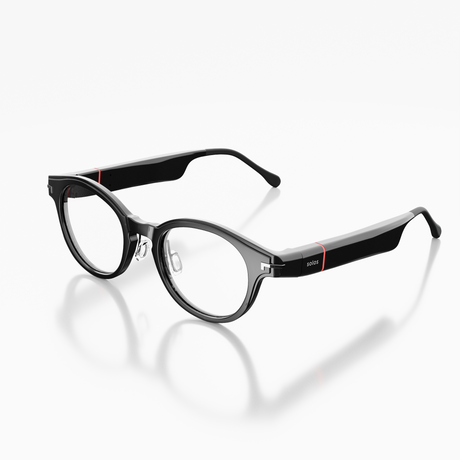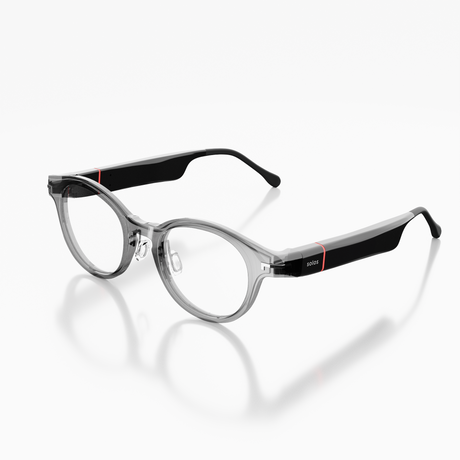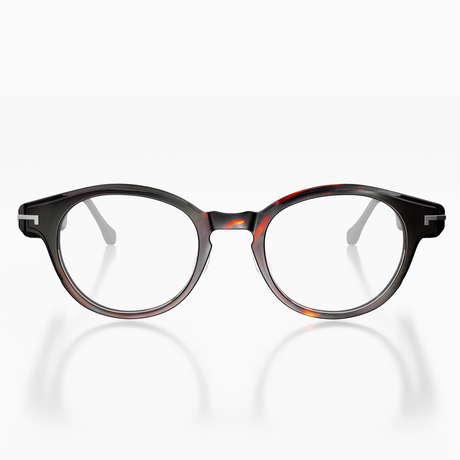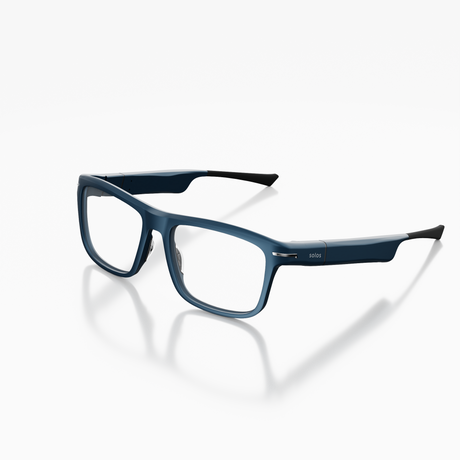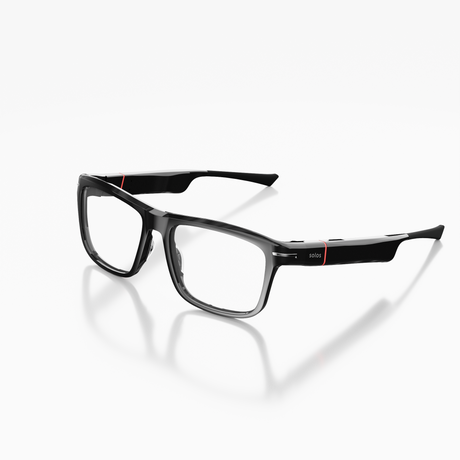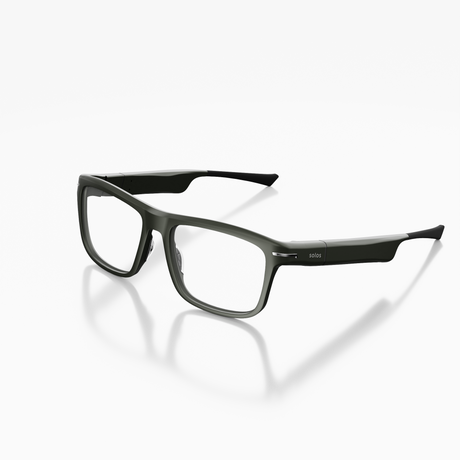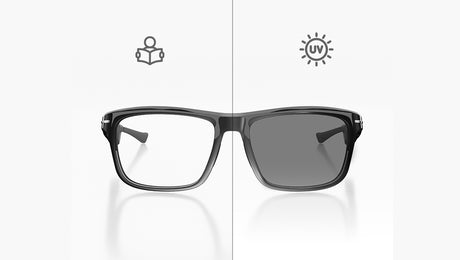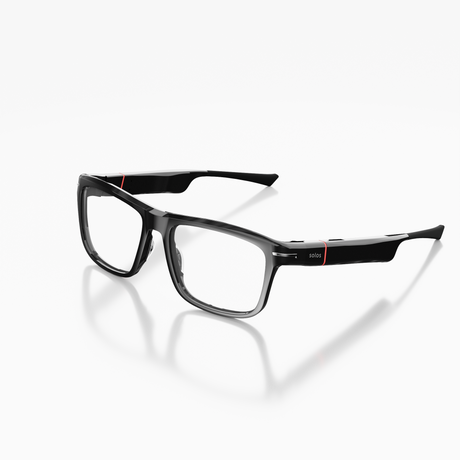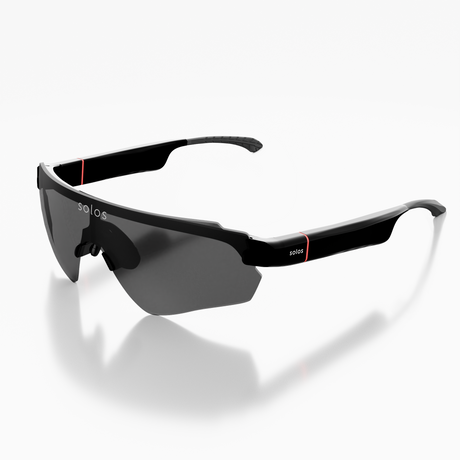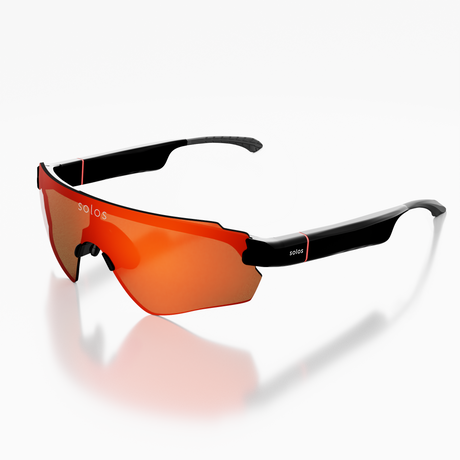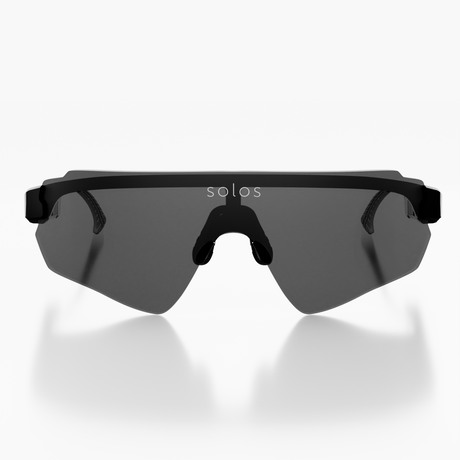test
test is backordered and will ship as soon as it is back in stock.
Couldn't load pickup availability
Delivery and Shipping
Delivery and Shipping
solos is dedicated to offering a convenient and reliable online shopping and delivery service experience. Simply select your products and destination, and we will take care of the rest.
The shipping charge is displayed in your shopping cart at the time of your order. We package and ship your order as soon as we get credit card authorization and verification.
P.O. box or Hotel addresses are not accepted. Please fill in a valid mobile phone number for the delivery notification by the carrier.
Your shipping rate will be automatically calculated upon order confirmation (before payment) by entering the shipping destination.
Shipping rate by region
1) US & Canada:
On order amounts above USD199, enjoy FREE standard shipping
Order amounts under USD199, $45 Fixed Rate
2) Hong Kong SAR, China:
Free Standard Shipping on all order amounts.
3) Rest of World:
Shipping Rate calculated at checkout.
Note:
- Delivery times are estimates only and cannot be guaranteed. Payment and address verification may take extra working days and delay the processing of your order. We are not responsible for delays involving customs clearance.
- We are unable to change your delivery address once an order has been placed.
Tax
Customs or import duties applied to the parcel upon reaching its destination are outside Solos’ control and are the sole responsibility of the customer. For customers that reject their parcel due to not paying the customs and import duties by the deadline, such parcels will be abandoned by the destination's carrier. NO REFUNDS will be made for the entire order and shipping charge. To determine the potential cost in advance, please contact your local customs office.
Delivery Time
Your order will typically be processed within 1-2 business days at our fulfillment center(s). However, please note that during the end of the calendar year, there may be seasonal factors that could cause a delay in order processing.
After you place an order for prescription lenses, we require approximately one week to customize them according to your specifications. Once the lenses are completed, we will ship the item(s) within one week.
Once your order is in the hands of the carrier, we will promptly send you an email with the tracking details. From that point onwards, you can expect your package to arrive within 5-7 business days, barring any weather-related delays.
PRODUCT FEATURES
PRODUCT FEATURES
Pick your frame
Swap between different styles - from everyday eyeglasses to sports sunglasses.
Touch Sensor
Change the volume by side up or down the touch sensor.
Virtual Button
Connect the solos smartglasses with one button.
USB-C Charging
Our Smartglasses' USB-C connector charge most devices with convenience.

Splash-Proof
Embrace the outdoors activities with our IP67-rated smartglasses.

Operation time
10 Hours of music streaming or 7 Hours of phone call time
Specifications
Specifications
-
Lenses-
-
Frame Shape-
-
Material-
-
Mobile OS Platform-
-
Wireless Bluetooth-
-
Bluetooth Range-
-
Operation Time-
-
Standby Time-
-
Quick Charge-
-
Normal Charge-
-
Waterproof rating-
-
Weight-
Product dimension
Product dimension

Choose the right Lenses
Choose the right Lenses
POLARIZED LENSES
Polarized lenses feature a chemical coating that selectively filters light, similar to a miniblind hanging in front of a window.
PHOTOCHROMIC LENSES
Photochromic lenses offer dual benefits by eliminating the need for multiple prescription eyewear and providing complete UVA and UVB protection. These lenses minimize the potential damage caused by continuous exposure to harmful rays, benefiting both the eyes and the surrounding skin.
TRANSPARENT UVA/B, UV420 BLUE BLOCKER WITH AR
solos® smart glasses provide UV protection, block blue light, and optimize visual clarity with an Anti-Reflection coating. Experience clearer vision, protect against eye strain, and shield your eyes from UV and blue light with solos® smart glasses.
ANTI-BLUELIGHT
solos® smart glasses provide UV protection, block blue light, and optimize visual clarity with an Anti-Reflection coating. Experience clearer vision, protect against eye strain, and shield your eyes from UV and blue light with solos® smart glasses.
How to upload your prescription
How to upload your prescription
ENTER YOUR PRESCRIPTION MANUALLY
Please double-check your order when placing it on our website to ensure accuracy. If you need assistance or have any questions about how to place an order, please don't hesitate to contact us.
When you need glasses, your optometrist will give you a prescription for corrective lenses. Eyeglass prescriptions can be written in different formats, usually in horizontal rows. The first row is for the right eye (OD), and the second row is for the left eye (OS). Each row contains three values: Sphere (SPH), Cylinder (CYL), and Axis.
The SPH number corrects nearsightedness (indicated with a minus sign) or farsightedness (indicated with a plus sign). The CYL and Axis numbers correct astigmatism. There may also be an ADD field for reading power in bifocal or progressive lenses.
Some eyeglass prescriptions include the pupillary distance (PD) measurement, which is the distance between your pupils. PD is important for determining the optical center of the lens for clear and accurate vision.
WHEN ORDERING ONLINE, PLEASE PROVIDE YOUR PD
Eyeglass prescriptions typically expire within 1-2 years, varying by state regulations. Please note that all orders for prescription glasses are final, and solos® is not responsible for any errors in entering your prescription information when placing an online order.
If you provide an external prescription to solos® for lens production and are dissatisfied with the outcome, solos® is not responsible for any costs associated with changing the lenses.
External prescriptions must be valid, include your full name, and the full name of the prescribing optometrist.
UPLOADING YOUR PRESCRIPTION
You have the option to use your camera to capture a photo of your written prescription or upload an image, but it is not mandatory.
As each pair of glasses is customized to your prescription, we cannot offer exchanges for prescription items due to change of mind. If the prescription provided by an external optometrist is incorrect or no longer valid, purchasers acknowledge that solos® is not liable for the cost of a remake and is not responsible for any indirect or consequential losses.
or prescription lenses orders placed on our website, if you would like a different index or finish on the lenses, this will incur an additional cost as this will be considered a custom order from our lab.
All Argon default prescription orders placed on our website, come from our warehouse where the lenses are pre-cut. If you would like a different lens index or your prescription out of bounds for 1.6 lenses index , this may incur an additional cost as this will be considered a custom order from our lab. Orders generally take around 14 business days for processing and to be shipped out but delays may occur which are outside solos®’s control.
Once your order has been sent, please allow 3-10 days for postage. If collecting in store, a member of the team will be in touch once the glasses have passed our quality control checks and are ready to be collected.
Promotion of Free Prescription Lenses Offer
Where you are taking up solos®’s Free 1.6 index prescription Lenses offer for Argon collection, you acknowledge that:
- Standard frames and lenses pricing applies;
- Offer only applies when you purchase 1 pair of optical glasses; and
- The offer cannot be used in conjunction with any other deal, discount, or promotional offer.
Argon default prescription orders placed on our website before December 2023 are fulfilled from our warehouse with pre-cut lenses. If you require a different lens index or your prescription falls outside the range for 1.6 lenses, there may be an extra cost as it will be treated as a custom order from our lab.
HOW TO CHOOSE LENSES SUITABLE FOR YOU
The higher the refractive index, the more light is bent by the material and the thinner the lens can be for a given power. Air has a refractive index of 1, and water is 1.33. A standard index plastic spectacle lens’ refractive index is 1.5. A mid-index lens of refractive index 1.6, approximately 20% thinner than a standard lens. A high-index lens of refractive index 1.67 will be approx. 33% thinner, whereas a lens with a refractive index of 1.74 will be around 42% thinner.
The limits are currently set at -8.00 to +4.00 for 1.6 Lens , -12.00 to +6.00 for 1.67 lens, -and -15.00 to +10.00 for 1.74 lens.
To check that the limits are working properly, follow these steps
- Select ENTER MANUALLY at the prescription screen
- Select anything between -8.00 to +4.00 and PD>24/26/28/32/35, you will be see 1.6 lenses the selection screen.
- Select SPH>-8.00 or +4.00, You will only see 1.67 or 1.74 lenses in the selection screen, as it is out of bounds for 1.6 lens.
- Select SPH>-12.00 or +6.00, You will only see 1.74 lenses in the selection screen, as it is out of bounds for 1.67.
We recommend that all SPH>-8.00 or + 6.00 are purchased with our Thin & Light, 1.67 index lenses or above.
solos® provide 1.6, 1.64 and 1.74 prescription lenses, also with blue blocker lenses, Photochromic w AR and Polarized Backside AR.
Additional lens enhancements, frame upgrades and accessories are extra.
Please make sure all information that you have entered is correct and matches your prescription. We are not responsible for any damage, delays, additional fees or other issues caused by incorrect information entered in your order.
HOW TO CHOOSE YOUR FRAME SIZE
HOW TO CHOOSE YOUR FRAME SIZE
A Comprehensive Guide to
Achieving Fit and Comfort with solos Smartglasses
Essential Tips for Finding the Perfect Pair of solos® smartglasses.
Two Methods for Measuring Your Face and Glasses to Choose the Perfect solos® smartglasses

Method 1: Using a Credit Card for Easy Face Measurement
Take any credit or debit card. Stand in front of a mirror or place your smartphone somewhere steady and use your selfie camera.

Place the credit card on the bridge of your nose and under your eyebrow.

Method 2: Use Frame Width to Find your Smartglasses of the right size

Measure your current glasses horizontally across the front of the frame, starting from one hinge and extending to the other hinge.
Use the above measurement to find Solos Smartglasses with similar frame width
134 mm - 135 mm
Argon 4S, Argon 6S, Argon 8, Xeon 5, Xeon 5S & Helium 1
140 mm - 141 mm
Helum 2-1 & Helium 2-2, Argon X, Argon X ZEISS & Argon X Photochromic
143 mm
Argon 7
Payment & Security
Payment methods
Your payment information is processed securely. We do not store credit card details nor have access to your credit card information.



